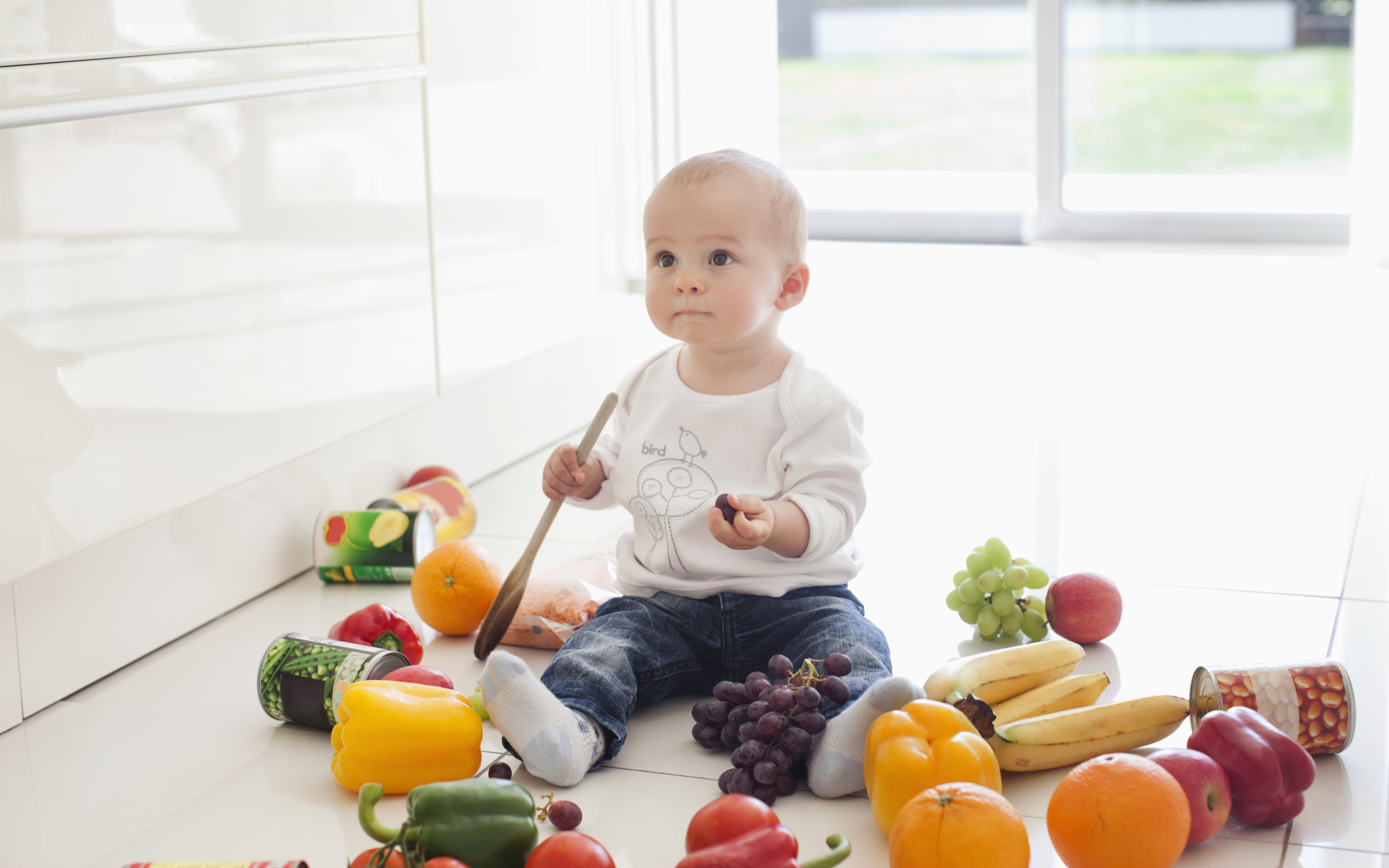Being a parent can be tough. Every day there is a new challenge to face and something unexpected to learn.
The first moment you test your baby’s palate comes around the time they are six months old, which is when they will be ready to try solid foods.
It’s normal for parents to feel anxious about doing the best job possible, but getting your little one on the track to enjoying food – and eating healthy – doesn’t have to be scary.
When you first introduce solid foods, it might take a while for your child’s taste buds to decide what they enjoy eating. In reality, you may have to try a new food up to 15 times before your baby likes it.
Don’t expect your child to eat everything on their plate. Current evidence suggests that letting your little one decide how much they eat, and preserving their natural ability to self-regulate how much food they need, can help them grow up to have a healthy weight as a child and as an adult.
So despite what your grandmother might say, a chubby baby isn’t always a marker of a healthy baby.
When your baby is trying solid food, there are some signs to look for that suggests he or she has had enough to eat:
· They turn their head away
· They spit their food out
· They refuse food by pushing it away with their hand
· They close their mouth when food gets close
· They cry and are unhappy when you are trying to feed them

When your kids get a little bit older, keeping them on a healthy eating track can still be a struggle as they become more aware of fast foods and what their friends might be eating.
And while it can be a challenge to get kids to sit down and eat wholesome meals, the trick can be as simple as encouraging them to get their hands dirty in the kitchen.
Children are more likely to eat food they have helped to prepare, and if you don’t want a teenage prince or princess, involve them from an early age with little jobs as simple as stirring ingredients together or cutting up a banana (with a butter knife!).
Once they master the basics, you can start to experiment with making food they want to eat as a family.
It might be hard as the dishes pile up, but try and remember that mess is a good thing in the kitchen – it means they are really engaging with what they are doing. And as they become more involved, it’s the perfect chance to teach them where their food really comes from – peas don’t grow in the freezer, and milk doesn’t come from bottles, after all.
For easy recipes your kids can help with, check out My Family Food




